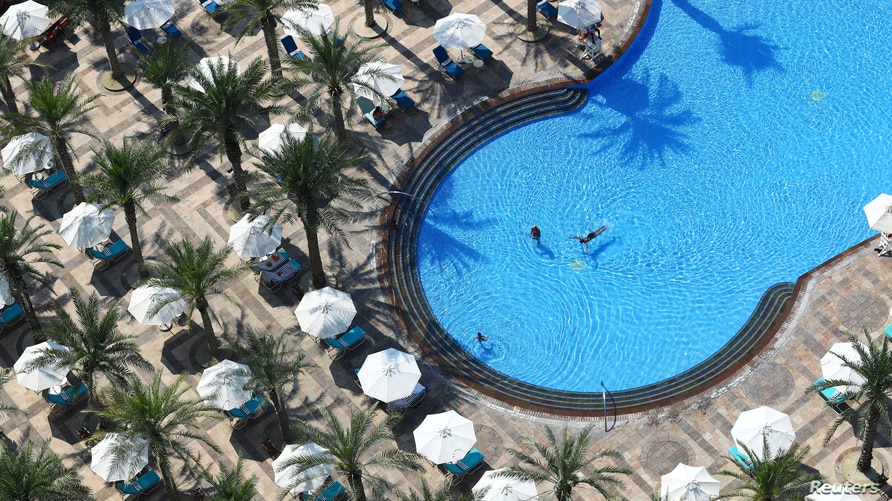Dubai has encouraged tourist attractions to reopen, with hotels now catering to guests, museums open, and desert adventures resumed. There are a few r
Dubai has encouraged tourist attractions to reopen, with hotels now catering to guests, museums open, and desert adventures resumed. There are a few restrictions on a case by case basis such as social distancing and reduced capacity for events, but on the whole, Dubai has returned as a destination. Some beaches are still closed, but over the coming weeks, these too may reopen to tourists.
This reopening matches plans made by local airline, Emirates which is slowly expanding its route network back to 2019 levels. The carrier has returned to 48 destinations around the world (from practically nothing) with the rising traffic numbers. But traveling to the shimmering desert jewel won’t be easy, with the local government will be imposing several restrictions for tourists before they board their flight.
What are these new restrictions, and what is it like to travel to Dubai in a post-COVID-19 world? There are a few requirements for tourists before they can enter the country.
- Each tourist needs valid health insurance to enter the country. They will need to present proof of this on arrival.
- Tourists will need to download the special Dubai COVID-19 contact tracing app and register their details.
- They will need to fill out a health declaration form before leaving their home country.
- Tourists must do a coronavirus test within four days of departure (96 hours). If a tourist cannot provide the results of this test on arrival, they will be tested at the airport and will have to wait for the results.
- Any tourist that tests positive on arrival at the airport will go to a government 14-day isolation ‘facility’ (likely a hotel) at their own expense.
However, the positive news is that if you are COVID-19 negative, you don’t need to undergo 14-day isolation anymore. Tourists can arrive and travel the city, visiting the sites, and then depart without quarantine.


